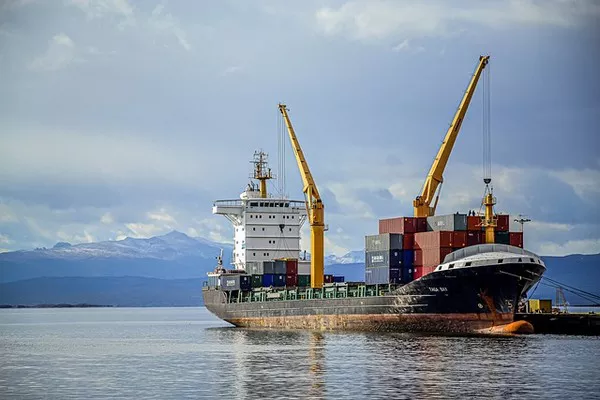Veendam, Netherlands – A groundbreaking development in transportation technology emerges as the European Hyperloop Center opens its doors, promising a new chapter in the realm of people and freight movement. This innovative center, situated in the windswept northern Netherlands, debuts with a 420-meter (quarter-mile) white steel tube running parallel to a railway line, serving as the epicenter for testing and advancing the burgeoning Hyperloop technology.
Hyperloop, initially championed by Elon Musk, envisions capsules propelled by magnetic fields traversing low-pressure tubes at speeds nearing 700 kph (435 mph). Advocates tout its potential to revolutionize transportation, surpassing the efficiency of short-haul flights, high-speed rail, and freight trucks.
However, since its conceptualization by Musk, progress towards realizing the Hyperloop’s full potential has been gradual. Despite initial grandiose plans, such as the proposed route between Los Angeles and San Francisco, spanning nearly 400 miles in just 30 minutes, practical implementation has encountered obstacles.
“I expect by 2030 you will have the first hyperloop route, maybe five kilometers (three miles) in which people will actually be transporting passengers,” shared Sascha Lamme, director of the European Hyperloop Center. “Preparations are already underway for such routes in countries like Italy or India.”
Nevertheless, skepticism persists regarding the feasibility and practicality of Hyperloop technology. Robert Noland, a distinguished professor at Rutgers University, cautioned against overlooking essential infrastructure investments in pursuit of futuristic endeavors.
“This is just another example of policymakers chasing a shiny object when basic investment in infrastructure is needed,” Noland remarked.
In response to skeptics, Lamme invites scrutiny, asserting the competitive potential of Hyperloop against existing high-speed rail systems. The European Hyperloop Center, funded through a combination of private investment and governmental support, showcases a meticulously engineered tube comprising 34 sections, each over 2½ meters in diameter. A vacuum pump facilitates reduced internal pressure, enabling capsules to achieve remarkable speeds with minimal drag.
The inaugural tests at the center, featuring a capsule developed by Dutch Hyperloop pioneer Hardt Hyperloop, mark a significant milestone in validating the technology’s viability. Notably, the Veendam tube boasts a unique feature—a switch facilitating divergent pathways—an essential element for real-world applications.
“Lane switching is very important for hyperloop, because it allows vehicles to travel from any origin to any destination,” emphasized Marinus van der Meijs, Hardt’s technology and engineering director.
As testing progresses in Veendam, the Hyperloop community remains optimistic, anticipating government commitments to construct viable routes and secure funding for essential technological advancements.
“Finding government commitments to build routes and securing new funding for necessary test facilities are the main challenges,” Lamme concluded.
Amidst the debates and uncertainties, the European Hyperloop Center stands as a beacon of innovation, propelling humanity towards a future of swift and sustainable transportation.

